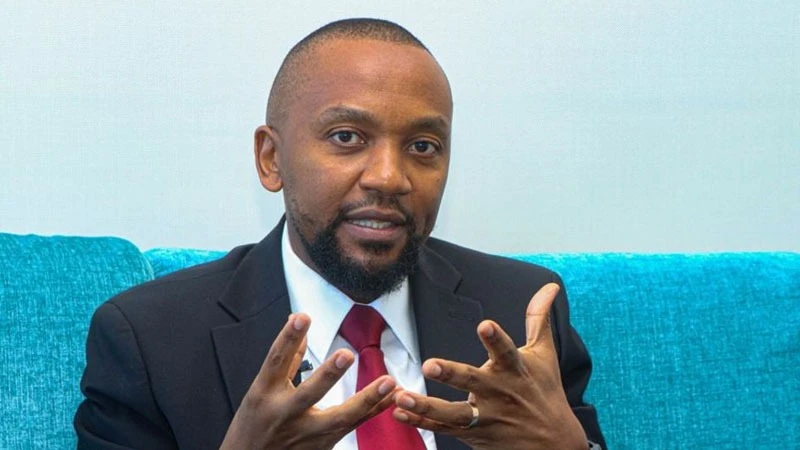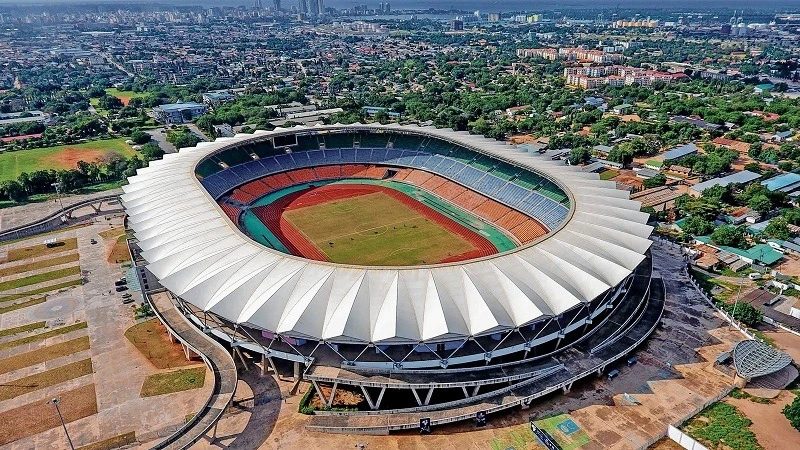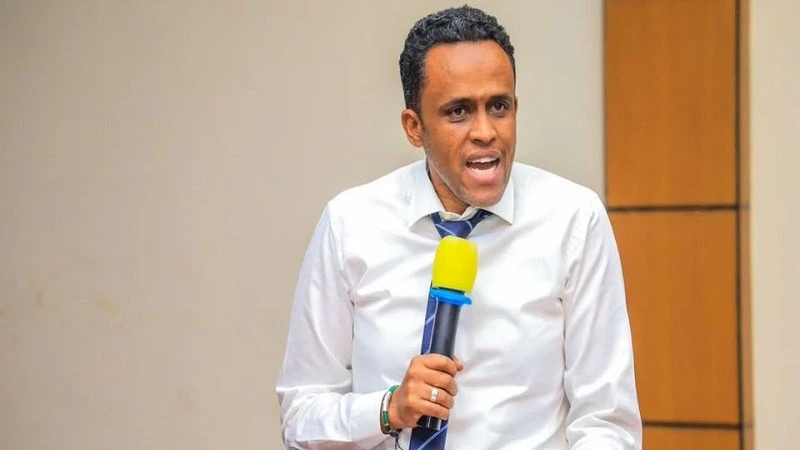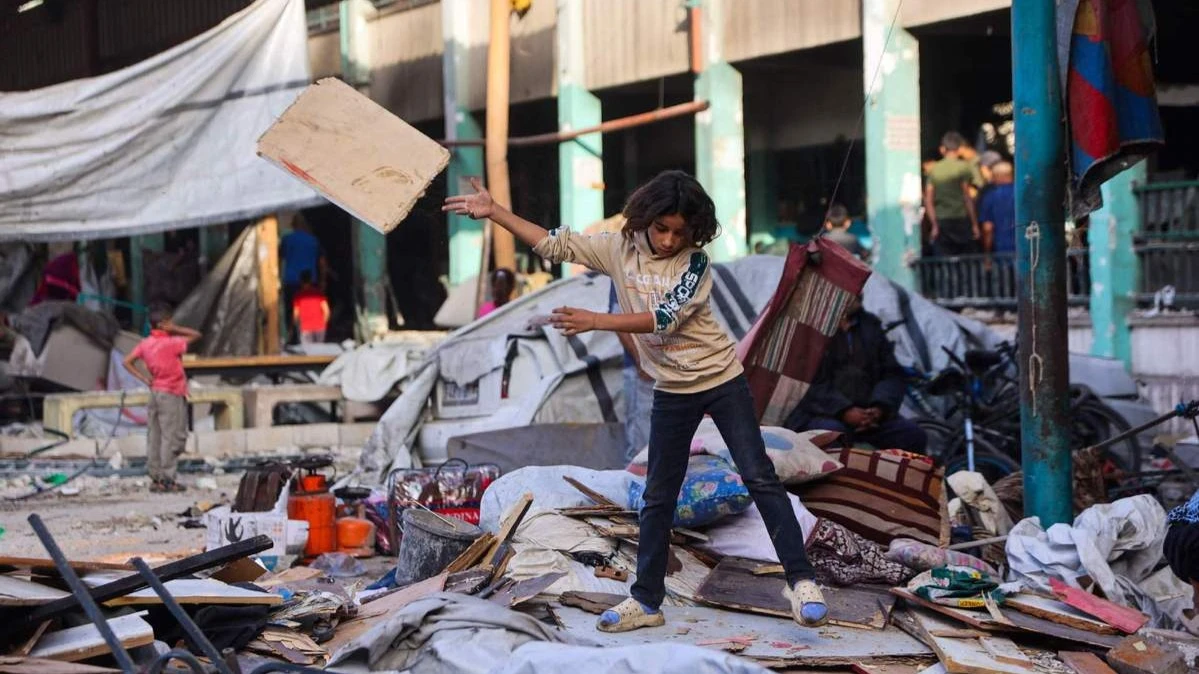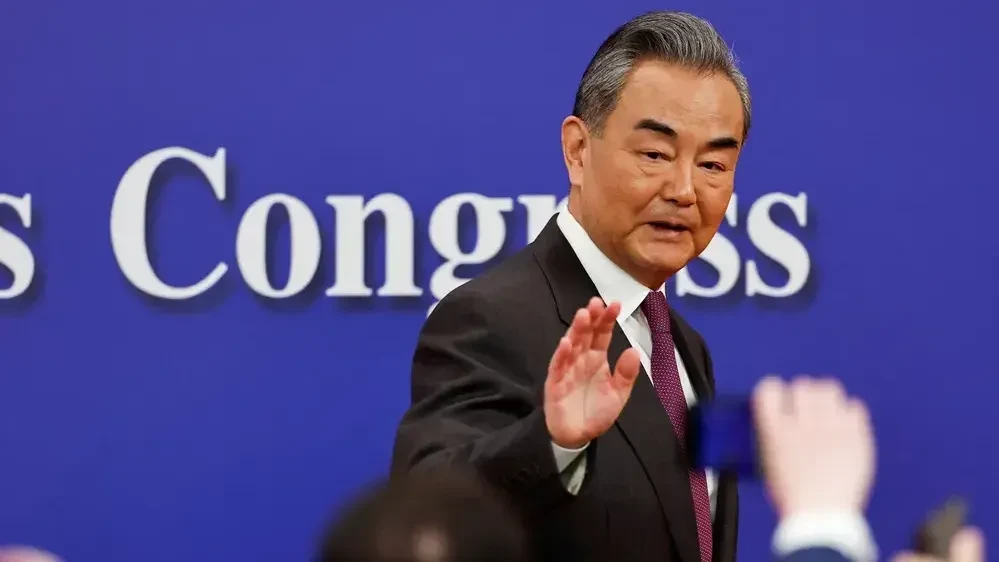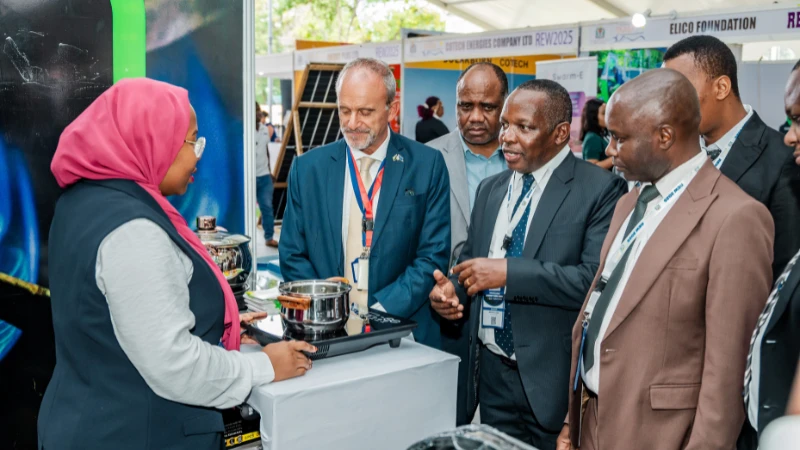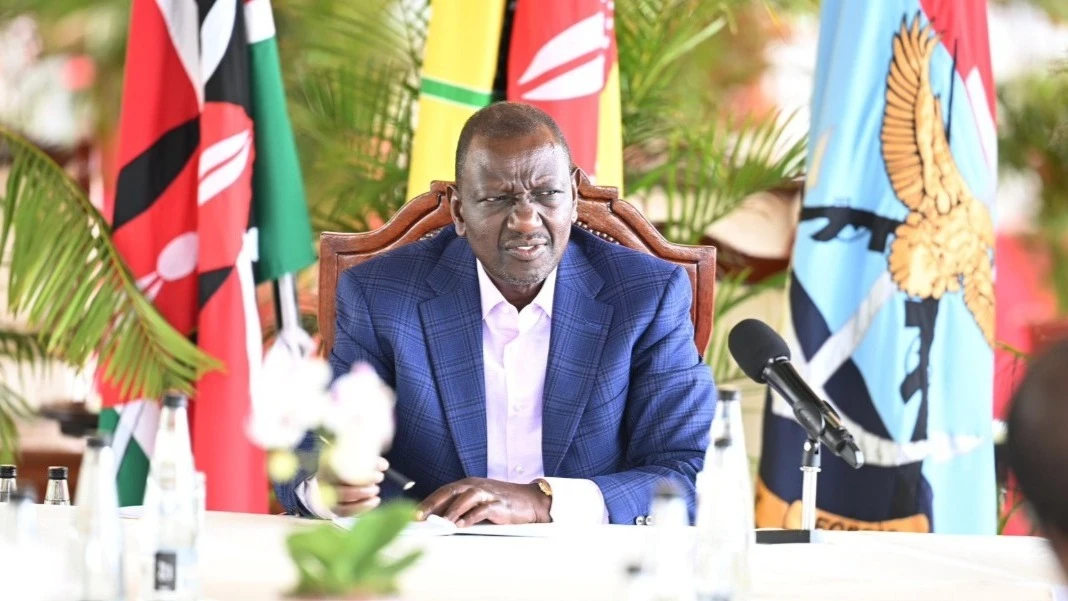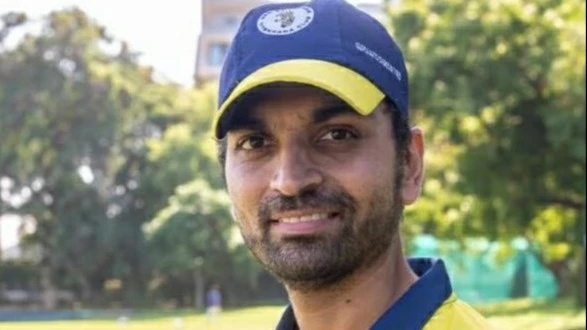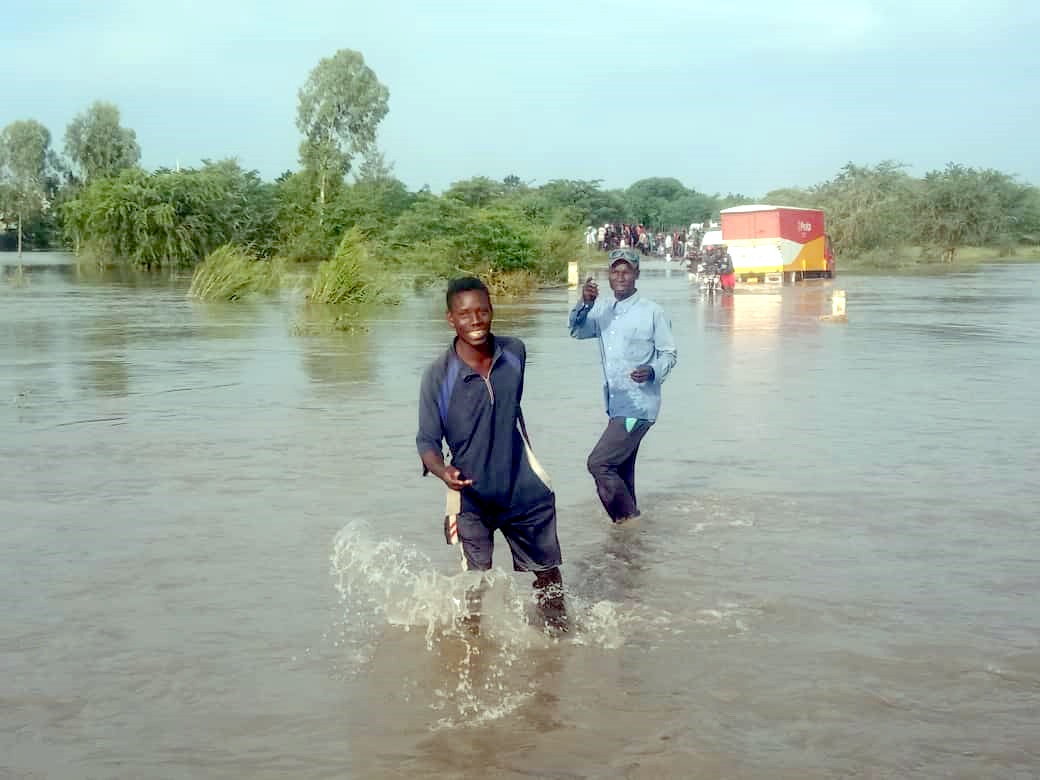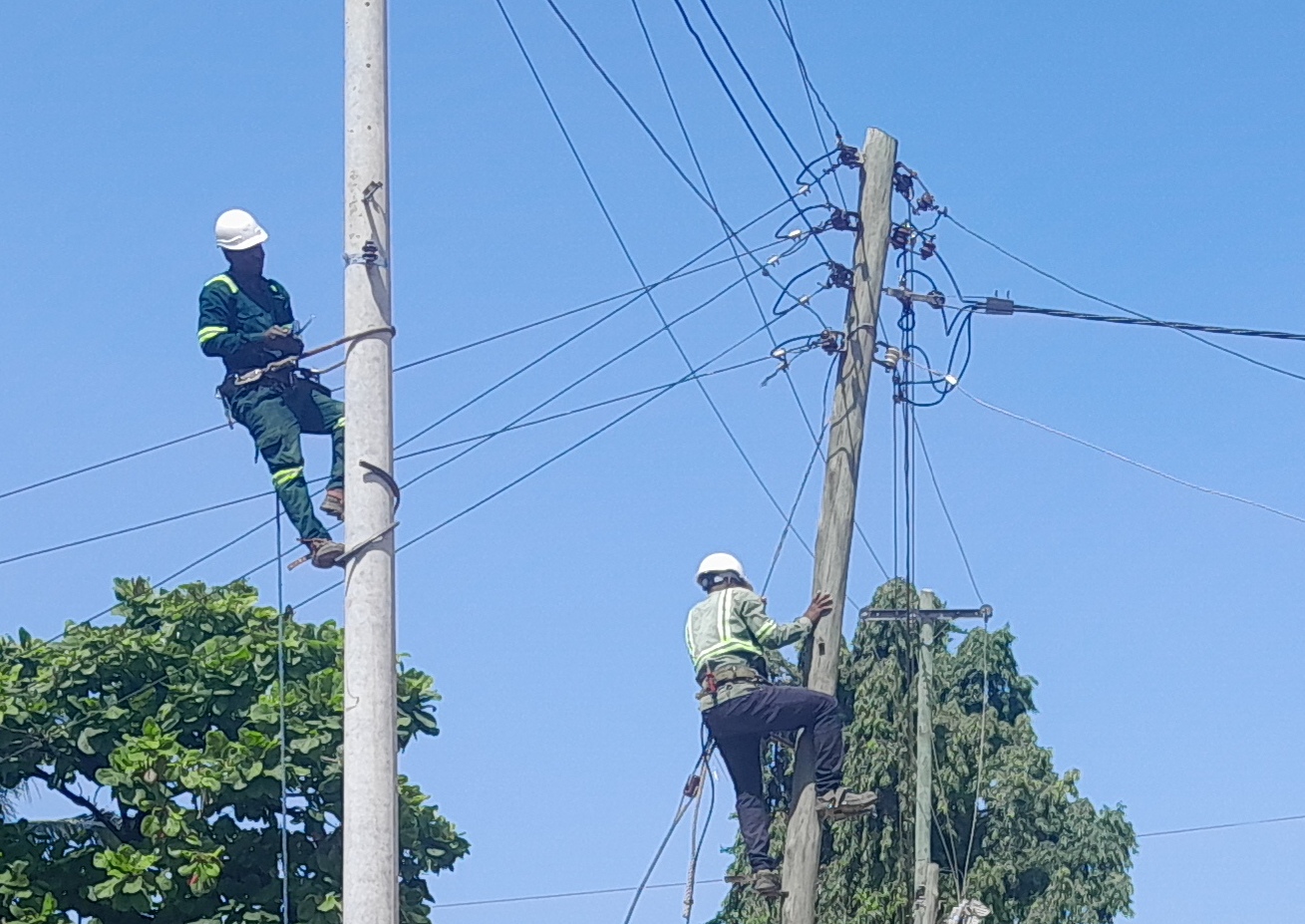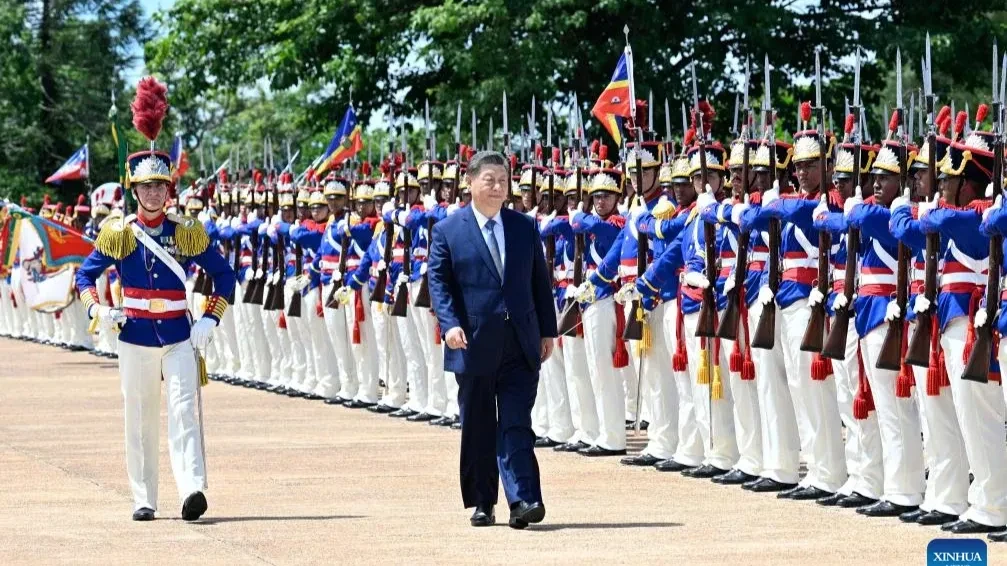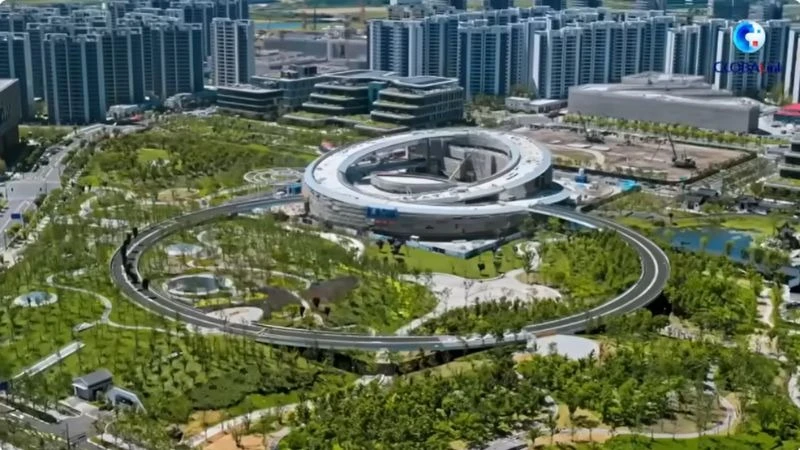Beyond GDP: Building a Tanzania that truly rises
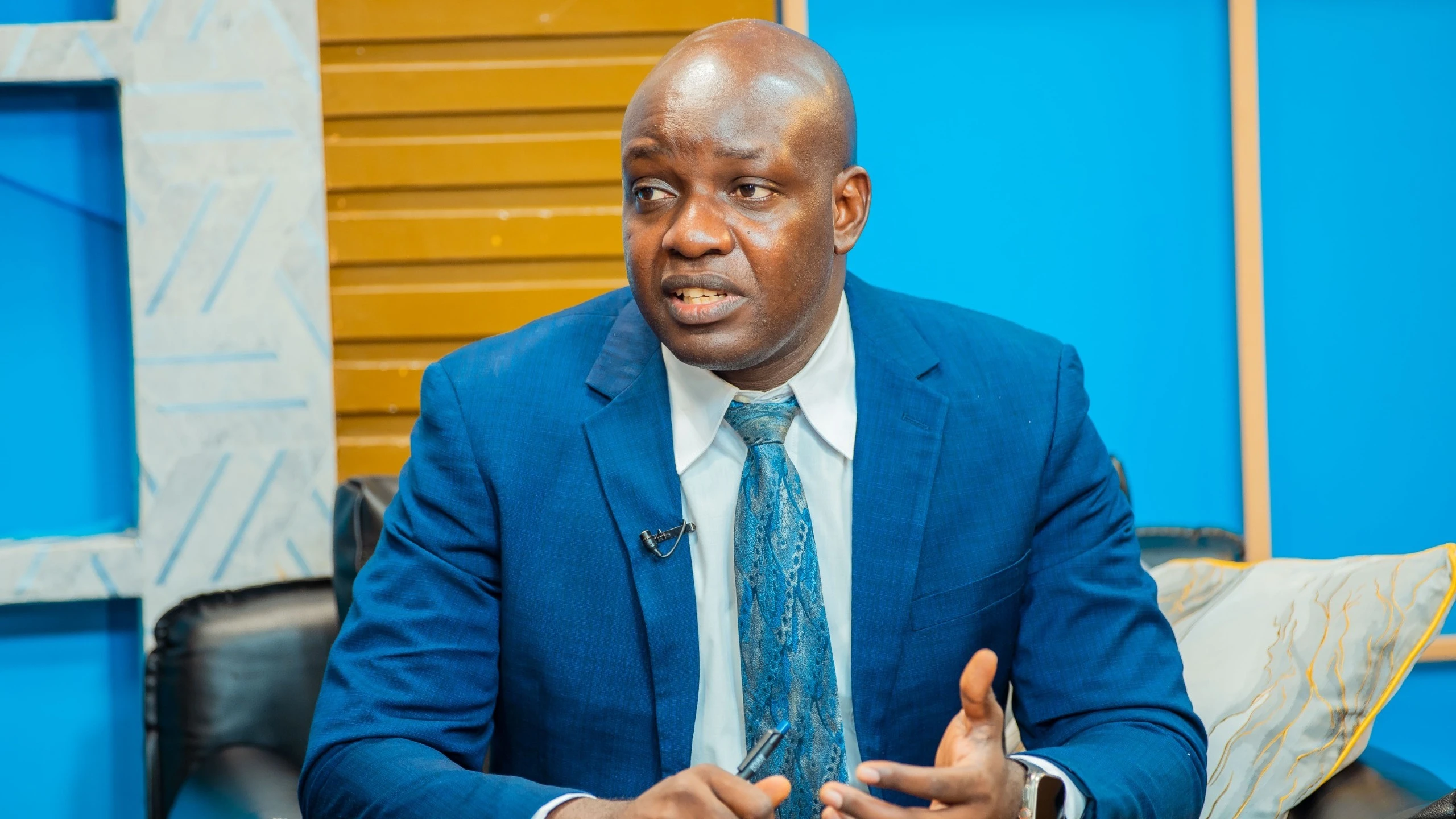
On a bright Monday morning in downtown Dar es Salaam, traffic crawls past cranes and concrete mixers. Towering glass buildings reflect a skyline that didn’t exist a decade ago.
The air buzzes with the sounds of progress—jackhammers, diesel engines, impatient horns. On paper, Tanzania is booming.
The numbers say it all. The country’s Gross Domestic Project (GDP) recently surpassed $85 billion—nearly three times what it was just over ten years ago.
New highways cut across the countryside. Trade volumes are rising. Foreign investors are showing up with briefcases full of money and promises.
But travel just a few hundred kilometres inland—to the maize farms outside Singida, or the market stalls in Mwanza—and a different rhythm emerges.
It’s the rhythm of families stretching every shilling, of mothers skipping meals so children can eat, of youth with degrees but no jobs. It’s not a rhythm of prosperity, but of perseverance.
This contrast—between the image of growth and the reality of struggle—was the central theme on “Medani za Siasa”, one of Tanzania’s most-watched political talk shows.
Sitting in the hot seat that evening was Dr. Bravious Kahyoza—economist, political analyst, and former parliamentary aspirant. His demeanor was composed, his words measured. But his message hit hard.
“Yes, GDP is growing,” he began.
“But are people actually feeling the change?”
Growth Isn’t New—but this time, it’s bigger
Dr. Kahyoza reached into the past to frame the present. Tanzania has seen growth spurts before. From the early years after independence into the 1980s, the economy grew at a healthy 6–7 percent annually. But back then, the GDP was just $2.56 billion—a tiny base.
Decades of reforms and resilience brought us to today’s towering figure: $85 billion. And under President Samia Suluhu Hassan, the pace has quickened.
Since she took office in 2021, the agriculture budget has quintupled. Major infrastructure projects are underway. Investment centers are buzzing—over 550,000 new jobs are projected from registered ventures.
By every formal indicator, Tanzania is doing well.
But Dr. Kahyoza reminded viewers that development isn’t felt on a spreadsheet. It’s felt in the price of maize. In the cost of bus fare. In whether your child gets medicine at the clinic or comes home untreated.
The real economy: counting shillings, not billions
He broke it down: average income in Tanzania has grown—from $360 to $1,500 in the last 25 years. But the population has also swelled. Inflation has crept in. When all’s accounted for, the real increase in wealth per person is only about 2 percent a year.
“And that,” Dr. Kahyoza said, “is not enough to lift people out of poverty.”
Official inflation is pegged below 3 percent, but anyone navigating a local market knows that prices have risen much faster—up to 12 percent in five years, especially in urban areas. School fees are higher. Transportation costs more. Food is more expensive.
“People aren’t complaining for the sake of it,” he said. “They’re just describing what they live through every day.”
A New openness, and the price that comes with it
Yet it hasn’t all been doom and gloom. Dr. Kahyoza was quick to credit President Samia for restoring Tanzania’s relationship with the world. Where President Magufuli closed doors and tightened spending, Samia has traveled, welcomed investors, and rekindled diplomacy.
“Yes, foreign travel costs money,” he said.
“But it has brought us back into global conversations—and opened $8 billion worth of trade.”
Still, that openness has its risks. As the country woos international investors, local entrepreneurs struggle to keep up. Many are undercapitalized and lack training or access to loans. The marketplace has expanded—but not everyone was given a head start.
“We liberalized too quickly,” Dr. Kahyoza warned.
“We invited the world in before empowering our own.”
Youth and Work: The fragile future
This imbalance is especially visible among Tanzania’s youth. Universities are churning out graduates, but the job market isn’t absorbing them. Politicians often say, “Employ yourselves.” It sounds empowering. But for many, it's a hollow directive.
“That’s not a strategy,” Dr. Kahyoza said sharply.
“That’s a slogan.”
Entrepreneurship without capital, training, or mentorship isn't empowerment—it’s abandonment.
And the stakes are high. According to Dr. Kahyoza, a one percent rise in unemployment can knock GDP growth down by nearly 2 percent.
It’s not just about jobs. It’s about stability, dignity, and national security.
Vision 2050: A blueprint for whom?
With Vision 2025 approaching its deadline, all eyes are on the next chapter—Vision 2050, a long-term development plan that will shape Tanzania’s future for the next 25 years.
Vision 2025 brought infrastructure, regional visibility, and economic milestones. But it lacked soul, Dr. Kahyoza argued. It delivered roads, but not livelihoods.
“It was a plan of statistics, not stories,” he said.
What Tanzania needs now is a vision that centers people: One that shifts from concrete to community. from growth for its own sake to growth that touches lives.
From plans made behind closed doors to strategies co-created with citizens.
“Kenya, Uganda—they’ve made strides in participatory budgeting,” he said.
“Tanzania must catch up. Our people know what they need. We just have to ask them.”
A Crossroads—and a choice
As the show drew to a close, Dr. Kahyoza’s voice grew quieter—but his words landed with weight.
“Tanzania has grown,” he said. “But it hasn’t yet risen.”
That rise—true rise—won’t come from graphs or GDP milestones. It will come when the farmers in Morogoro can sell their produce at a fair price.
When the teacher in Iringa no longer has to choose between chalk and lunch. When young people don’t just dream of tomorrow—but trust it’s within reach.
The nation stands at a crossroads. One path leads to growth that serves the few. The other leads to progress that includes everyone.
The foundation is there. But the real building—the human building—is just beginning.
Because in the end, the value of an economy isn’t in the money it counts. It's in the lives it lifts.
And Tanzania’s story? It's still being written—by its people.
Top Headlines
© 2025 IPPMEDIA.COM. ALL RIGHTS RESERVED






